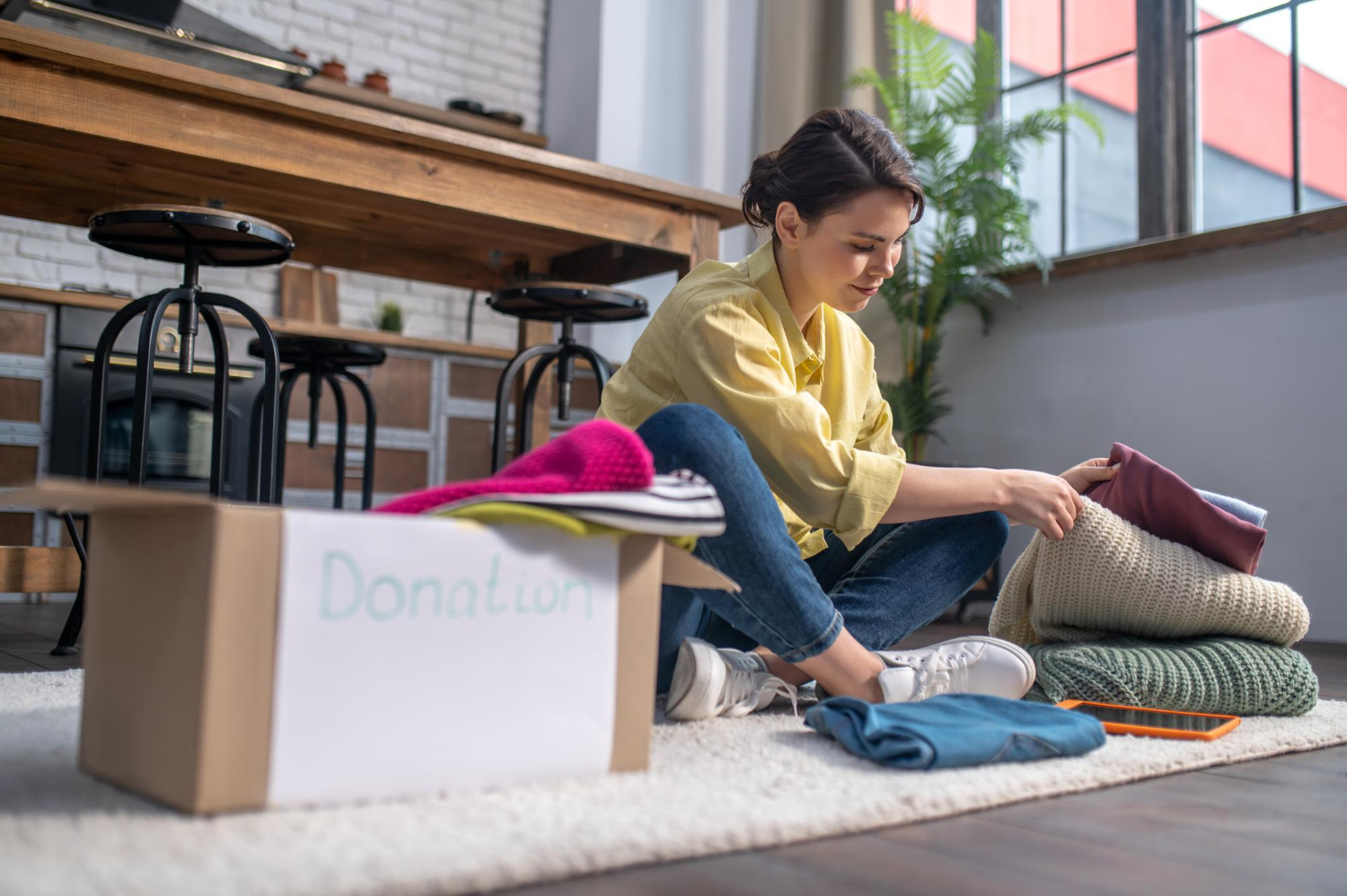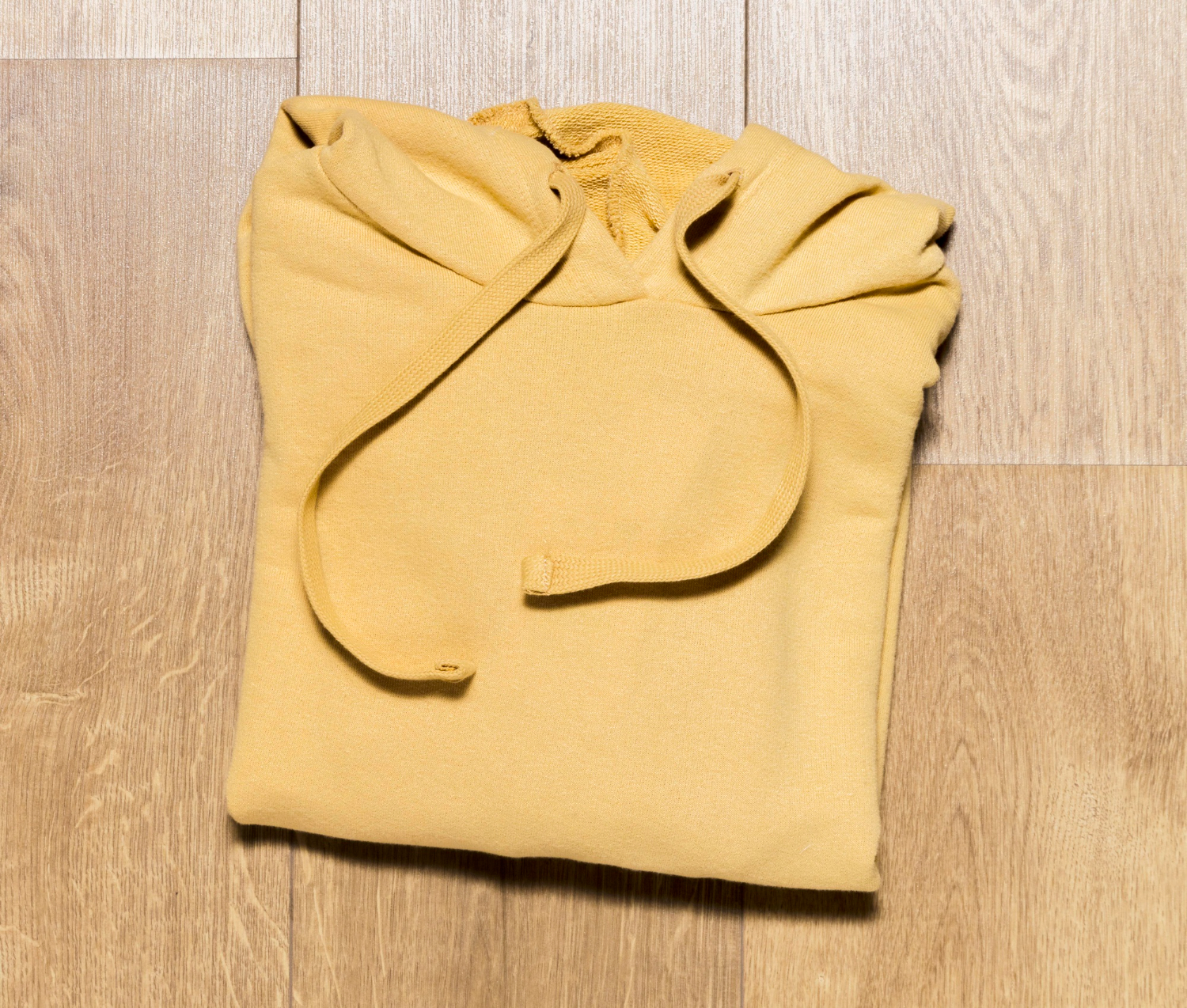How to pack clothes for moving? Moving can be an exciting yet challenging experience. One of the most daunting tasks in the moving process is packing your clothes. You want to ensure that your garments arrive at your new home in good condition and are easy to unpack. This article provides a detailed guide on how to pack clothes for moving efficiently, so you can focus on the other aspects of your relocation without worry.
Introduction
Moving to a new home marks the beginning of an exciting adventure, but the process of packing your clothes can be a daunting task. It’s essential to ensure your wardrobe arrives at your new destination in top-notch condition. This comprehensive guide is designed to make the task of packing your clothes for a move as straightforward as possible.
We’ll walk you through each stage, from organizing and decluttering your clothes to picking the best packing techniques and getting ready for your move. By adhering to these recommendations, you’ll not only safeguard your wardrobe but also lessen some of the stress connected with moving. In order to make your transfer to a new home as seamless as possible, let’s get into the specifics.
Sort and Declutter
The first step is to assess your wardrobe and declutter. Donate, sell, or discard clothes you no longer need. This reduces the number of items to pack and lightens your load. Consider these sub-steps:
Take Inventory
Make a list of all the clothing items you plan to take with you. This helps you keep track of everything during the move.
The KonMari Method
Consider using the KonMari method, which involves sorting through your clothes category by category and only keeping items that “spark joy.”
Gather Packing Supplies
How to pack clothes for moving: Before you start packing, collect the necessary supplies. You’ll need sturdy boxes, garment bags, packing tape, bubble wrap, tissue paper, vacuum-seal bags, and labels.
Choosing the Right Boxes
Opt for sturdy, clean, and dry boxes. If possible, use new ones to ensure the best protection for your clothes.
Garment Bags
Invest in high-quality garment bags to protect your delicate or formal wear. These bags shield your clothes from dust and moisture.
Organize Your Wardrobe
Organizing your wardrobe is a vital step before packing. This will make packing and unpacking more efficient and ensure you don’t leave anything behind.
Categorize Your Clothes
Group similar items together, such as dresses, shirts, pants, and seasonal clothing.
Create a Priority Pile
Set aside a few outfits for the first days after the move. This will save you from rummaging through boxes for essentials.
Choose the Right Packing Methods – How to Pack Clothes for Moving
Different clothing items require different packing methods. Let’s explore how to pack various types of clothing:
Packing Clothes on Hangers
Hanging clothes in wardrobe boxes keeps them wrinkle-free. Use these boxes for dresses, suits, and delicate garments.
Folded Clothing
Folded items can be packed in regular moving boxes. Be sure to place heavier items at the bottom and lighter ones on top.
Delicate and Valuable Clothing
For delicate and valuable clothing, use garment bags with added protection. These bags prevent damage from dust and moisture.
Utilizing Vacuum-Seal Bags
How to pack clothes for moving: Vacuum-seal bags are perfect for reducing the volume of bulky items like blankets and winter coats.
Vacuum-Seal Method
Pack the clothes in these bags and use a vacuum cleaner to remove excess air, minimizing the space they occupy.
Seasonal Clothing
Vacuum-seal bags are ideal for storing off-season clothes until you need them.
Maximizing Suitcases and Travel Bags
How to pack clothes for moving: Utilizing your luggage and travel bags to the fullest extent possible during a relocation is one of the most effective ways to transfer your clothing. These adaptable storage options serve two purposes: they preserve your clothing while also freeing up space and keeping the weight of your other moving boxes low. Following are some tips to make the most of your luggage:
Essentials in Luggage
Start by packing your suitcase with the clothing and personal items you’ll need in the first few days after arriving at your new home. This strategic move ensures that you have immediate access to your essentials without having to rummage through boxes. Consider packing a change of clothes, toiletries, important documents, and a few kitchen essentials. This minimizes the need to unpack right away, allowing you to ease into your new surroundings comfortably.
Double Duty
Your suitcases and travel bags can do more than just transport clothing. Use them to carry other personal items that you want to keep close during the move. These could include electronics, delicate items, or sentimental possessions. By making the most of your luggage’s space, you reduce the number of additional boxes required for these belongings, making your move more efficient and organized.
Utilizing Empty Spaces
Don’t let any empty spaces in your luggage go to waste. Roll up socks, underwear, or belts and tuck them into any gaps. This not only maximizes the space inside your bags but also helps keep your items organized and prevents them from shifting during transit.
Packing Method
When using luggage for clothing, place heavier items at the bottom and lighter, more delicate garments on top. This prevents damage to fragile fabrics and ensures a balanced distribution of weight within your luggage.
By employing these strategies, you’ll make the most of your suitcases and travel bags during your move. They not only simplify the packing process but also streamline your unpacking at your new home, ensuring a seamless transition to your new environment.
Labeling and Categorizing
Label each box with its contents and the room it belongs to. This makes unpacking much more manageable and prevents confusion.
Color-Coding
Consider using different colored labels for boxes destined for various rooms. This makes sorting and unpacking much more efficient.
Inventory List
Create an inventory list of the contents in each box. This will help you quickly locate specific items after the move.
Packing Shoes and Accessories
Use small boxes or pouches to pack accessories such as jewelry, scarves, and belts. These can be easily misplaced if not properly secured.
Jewelry Rolls
Invest in jewelry rolls or pouches with individual compartments to keep your jewelry tangle-free and organized.
Scarves and Belts
Roll scarves and belts to save space and prevent wrinkling.
Moving Day Preparations
On a moving day, load your clothing boxes last to prevent them from getting crushed. Secure them in the moving truck to avoid shifting during transit.
Last-Minute Essentials
Pack a small bag with last-minute essentials, like a change of clothes and toiletries, in case there are delays in unpacking.
Load Strategy
Place the heaviest boxes at the bottom and the lighter ones on top. Secure everything tightly to prevent shifting during transit.
Unpacking Your Clothes
Once you’ve arrived at your new home, unpack your clothes by starting with the essentials. Hang garments back up, fold folded clothing, and organize accessories.
Unpacking Strategy
Unpack the boxes destined for your bedroom first. This will give you quick access to clothes and help you settle in more comfortably.
Wardrobe Organization
When hanging clothes, organize them by type and color for a visually appealing and practical wardrobe.
Conclusion
Packing your clothes for a move can be a seemingly small yet vital aspect of the entire relocation process. This guide has provided you with essential tips and strategies to ensure your clothing arrives in pristine condition at your new home.
As you embark on this journey, it’s our aim to minimize the stress associated with packing and moving. Your clothes are now well-prepared to travel, allowing you to concentrate on the exciting changes and possibilities your new home offers.
By following the steps outlined in this guide, you’ve lightened your load, both mentally and physically, and you’re ready to embrace your new environment. Safe travels, and may your transition be a smooth and seamless one!
Frequently Asked Questions
Q: How can I prevent my clothes from wrinkling during a move?
A: To prevent wrinkles, use wardrobe boxes for hanging clothes and fold other items carefully, placing heavier items at the bottom.
Q: Should I pack shoes in their original boxes?
A: You can pack shoes in their original boxes or use a separate container, but ensure they are clean and dry to prevent odors.
Q: Can I use regular boxes to pack clothing?
A: Yes, regular moving boxes are suitable for folded clothing, but make sure to pack them strategically to avoid damage.
Q: What is the benefit of using vacuum-seal bags for packing clothes?
A: Vacuum-seal bags are great for reducing the volume of bulky items, making them easier to transport and saving space.
Q: How do I protect delicate and valuable clothing during a move?
A: Use garment bags with added protection to shield delicate and valuable clothing from dust and moisture.
Read More Articles: How to Dye Clothes Black



